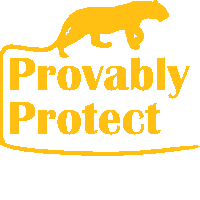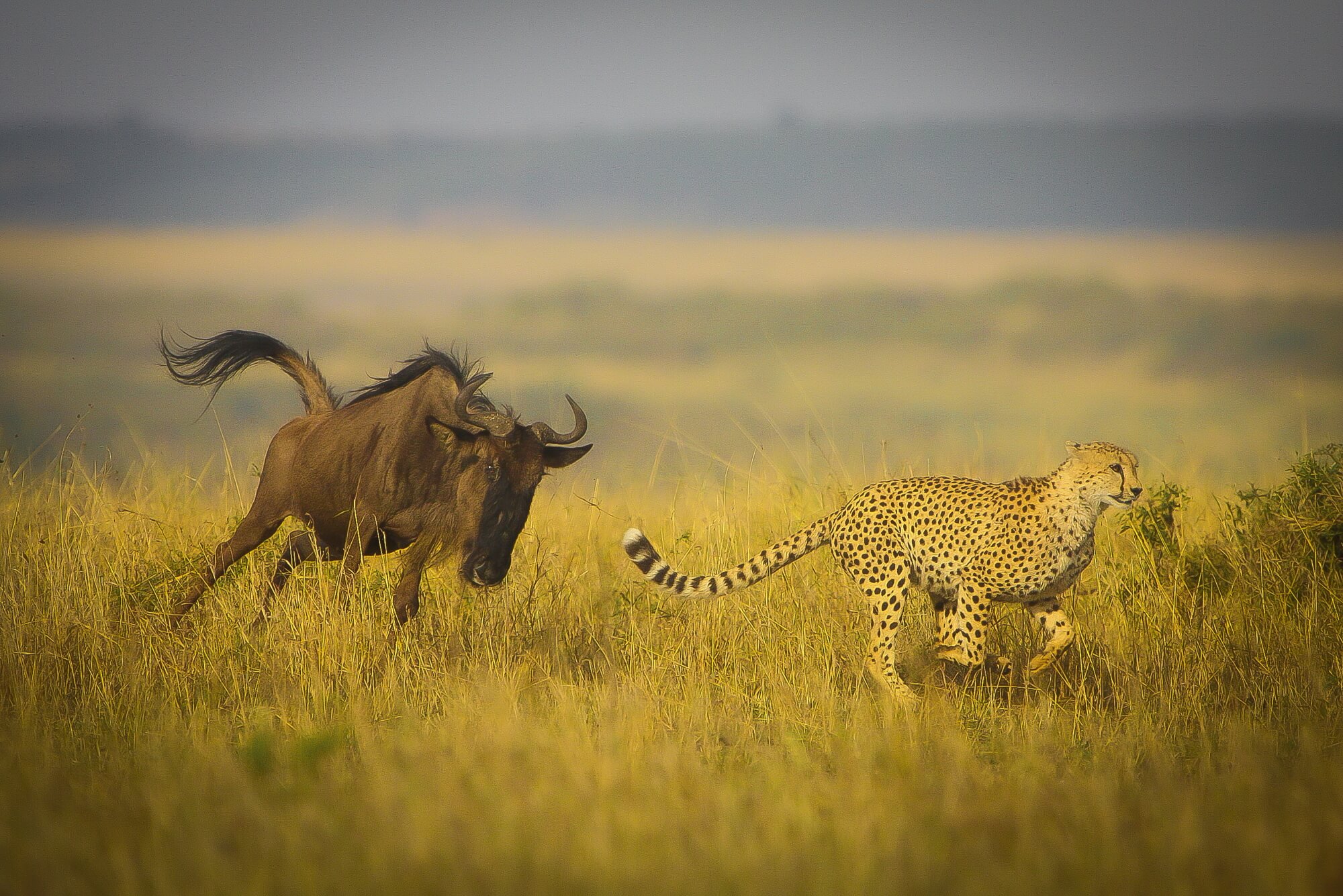
NFT Environmental Impact - Are They Really That Bad For The Environment?
The short and quick answer to this question is that it depends on which blockchain the NFT's are created (minted) on. So to quickly determine the extent of the nft energy consumption, that's the first and critical thing you need to find out.
The reason that this is so important is that there are two primary ways in which a blockchain can be secured - using a proof of work method, or a proof of stake method.
Without having go into a deeper technical discussion of what that means, all you need to know for environmental concerns is that the carbon footprint of a Proof Of Work blockchain like Bitcoin is large. And a Proof Of Stake network such as Polygon uses much less energy.
NFT Blockchains And Their Securing Method
The following is a list of the blockchains and one hashgraph that can be used to mint NFT's and the method that is used to secure them. Remember, proof of work (POW) uses a lot of energy, proof of stake (POS) less.
-
POSPolygon
-
POSHedera HashgraphThe NFT environmental impact here is actually carbon negative as the network purchases carbon offsets quarterly.
-
POSWaxCarbon neutral NFT environmental impact blockchain partnering with Climate Care.
-
POSTezos
-
POSNeo
-
POSTron
-
POSTheta
-
POSFlow
-
POSAlgorand
-
POWEthereum
-
POWEnjin
-
POWDecentraland
So as you can see above there are many more NFT blockchains that are running on a Proof Of Stake basis compared to the ones that aren't. Ethereum is the largest blockchain on this list and even though it still runs on a Proof Of Work system, the developers are busy with a transition to POS sometime in 2022.
Provably Protect NFTs Are Carbon Neutral
Provably Protect makes use of the Polygon blockchain to mint NFTs which is a POS blockchain, and so has a smaller energy use footprint when compared to blockchains like Ethereum and Bitcoin.
It was important to make sure of that fact before launching the Provably Protect platform, because it wouldn't make sense to harm environment with this instead of helping it.
Estimates of the carbon footprint of a Polygon transaction vary from 0.3 grams (Source: Polygon blockchain blog) to 430 grams of CO2 (Source: Digiconomist).
Ideally, NFT minting and transactions should be carbon neutral, especially for the conservation NFTs that Provably Protect specialises in.
So, to ensure that Provably Protect minting and transactions on the Polygon chain are carbon neutral, we offset the upper transaction carbon footprint estimation of 430 grams of CO2, for every single NFT transaction that occurs on our marketplace.
And we do this by contributing towards the planting of trees in forest areas of South Africa in the Western Cape. The more transactions the platform processes, the more trees will be planted to offset the carbon effects. Calculations of how many trees are neccessary are based on a study done by Onetreeplanted.org.
Carbon Offset Certification
The tree planting certification is provided by the SA Reforestation Trust, view the Provably Protect certificate here...
More trees will be planted every month as transaction volumes increase.
How NFT's Can Have A Positive Environmental Impact
Provably Protect is all about wildlife conservation, enabling 40% of proceeds from NFT sales to be contributed to conservation organizations that make a real difference to the environment.
These organizations are, and have been at the coalface of protecting and conserving wildlife and their surrounding communities for many years, and their impact is considerable.
They make a difference not only to the habitat that supports the wildlife but also to the communities that live near to wildlife reserves, conservancies and national parks. The surrounding communities and wildlife conservation must go together, because over the long term the one can't survive without the involvement of the other.
Without these conservation organizations, it's possible that remaining wildlife areas and the animals protected and sustained by them will be lost forever, so they deserve our ongoing support. NFT's are a new way to do this.
Nelson Mandela said it best with this quote...“Our people are bound up with the future of our land. Our national renewal depends upon the way we treat our land, our water, our sources of energy, and the air we breathe. … Let us restore our country in a way that satisfies our descendants as well as ourselves.”




